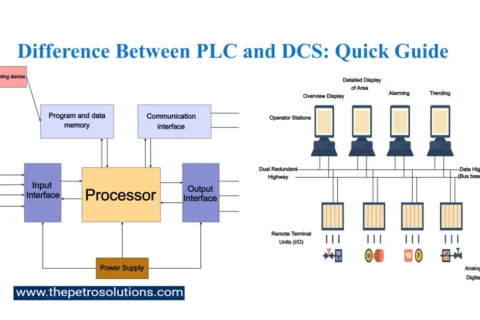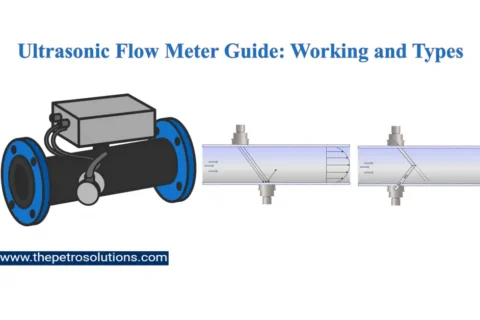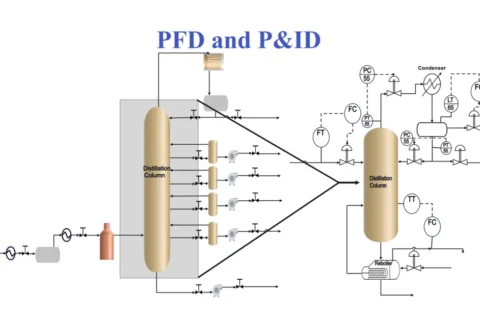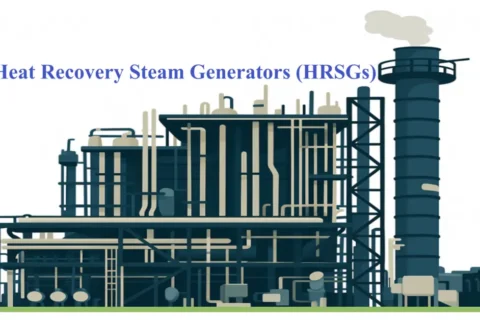Catalytic reforming catalysts are bifunctional, with the metal and acid sites assumed to be in some “balance” that enables total and effective utilization of the metal and acid sites. Metal-acid balance refers to the useful participation and appropriate contributions of metal and acid functionalities in the promotion of desired reactions such as the dehydrogenation, dehydrocyclization, and isomerization reactions of naphtha hydrocarbons relative to hydrocracking and demethylation reactions of hydrocarbon.
The acidity provided by alumina is not enough and must be adjusted by adding chloride compounds. Therefore, chlorine content is the other important environmental factor and will influence catalyst-coking behaviour in the reforming process. The presence of chloride produces a more uniform deposition of Pt over alumina in the Pt/Al2O3 catalyst and thus improves the dispersion of the metallic phase.
The management of water and chloride relation is a key parameter for catalytic reforming units aiming to ensure an adequate balance between the acidic and metal functions of the catalyst. Normally, fresh catalytic reforming catalysts present close to 1.0 wt % of chloride, to maintain this chloride concentration it’s necessary to control the water concentration aiming to allow an effective interaction between the alumina (catalyst support) and the chloride, reaching then a good performance of acidic sites of the catalyst.
Residual water must be maintained in the industrial naphtha feed. An alumina-supported reforming catalyst requires moisture to activate the acid function and provide homogeneous chloride content over the whole catalyst bed. When the environmental atmosphere is too wet, however, chloride in the catalyst may be leached off and thus deteriorate its acidic behaviour. Therefore, water control must be performed along with chloride control to maintain a proper chloride–water balance in the environmental atmosphere.
At a lower Cl level, WAIT will need to be raised to maintain the octane number level and hence increase coke deposition. When chloride content is higher than 1.2%, catalyst acidity would be too strong and thus drastically increase the coking rate and shorten the cycle life of a reforming catalyst.
The relative balance between the Al–OH and Al–Cl groups is critical to ensure appropriate catalyst activity and selectivity. The number of acid sites is controlled by the water partial pressure above the catalyst. Higher moisture level in the gas results in more acid sites on the surface. The water-to-chloride ratio of the gas above the catalyst determines the catalyst’s chloride content. Lower water-to-chloride ratios result in more chloride on the catalyst.

Catalyst surface area and temperature also impact the moisture and water-to-chloride ratio required to achieve the appropriate number and strength of acid sites. As catalyst surface area declines with age (number of regenerations), higher chloride partial pressure and lower water-to-chloride ratio are required to maintain appropriate acidity. As catalyst temperature is increased to increase reactivity, higher chloride partial pressure and lower water-to-chloride ratio are again required to maintain appropriate acidity.
As a basic rule, any increase in catalyst chloride content will increase the acidity and therefore the cracking; on the other hand, any increase in the water content in the feed without appropriate chloride increase to maintain the appropriate water-to-chloride ratio will strip chloride from the catalyst and consequently reduce the acidity and catalyst activity.
From industrial practice, the chloride content on the catalyst should be kept in the range of 0.9 ~1.2 wt % for modern bimetallic catalysts. In reforming, optimum acidity is typically obtained when the recycle gas moisture is in the range of 15~25 ppm volume. The associated recycle gas HCl content should be approximately 0.2~0.5 ppm volume depending on temperature, catalyst surface area, and contaminants.
Top References
- Handbook of Petroleum refining, editors, Hsu Robinson
- Catalytic Naphtha Reforming Edited by George J.Antos and Abdullah M. Aitani
- Catalytic Naphtha Reforming Process by Soni O. Oyekan





